The 7 largest objects people ever launched into space
New people are ambitious to conquer space for more than half a century but the achievements are growing. Along with the development of technology, people increasingly step further outside the universe.
Scientists have launched a lot of objects into space to realize the dream of conquering the universe, here is a list of the 7 largest objects among them, from the International Space Station to the Hubble Space Telescope. . Surely you will be surprised to know how horrible they are.
International Space Station - ISS

ISS weighs 450 tons, 108.5m long and 73m wide. ISS moves at an average speed of 27,744 km / h in space corresponding to 15.79 around the Earth every day.
Satum V rocket

This is the missile used by the US Aerospace Agency (NASA) in the Apollo Program to bring people to the Moon and launch Skylab space station. This multistage space rocket is 111 meters high and can carry a mass of 140 tons to the Earth's low orbit. From 1967 to 1973, NASA launched 13 Saturn V. missiles.
Hoa Binh Space Station
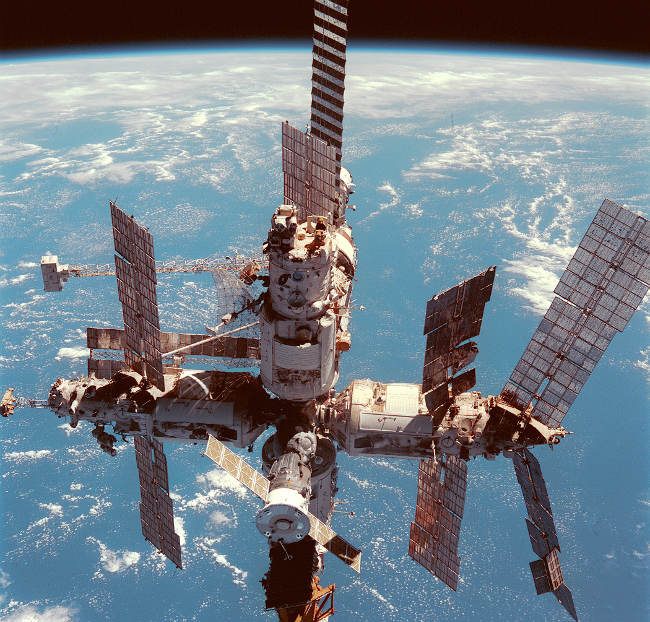
Hoa Binh space station, also known as Mir space station was built by the Soviet Union in 1986. The mission of this space station is to carry out scientific experiments in space, serving the purpose of peace and the human development. The space station consists of 6 modules, weighing 140 tons, 33 meters long, 30.8 meters wide.
On March 23, 2001, Mir ended operations and was destroyed when he entered the Earth's atmosphere.
Hubble Space Telescope
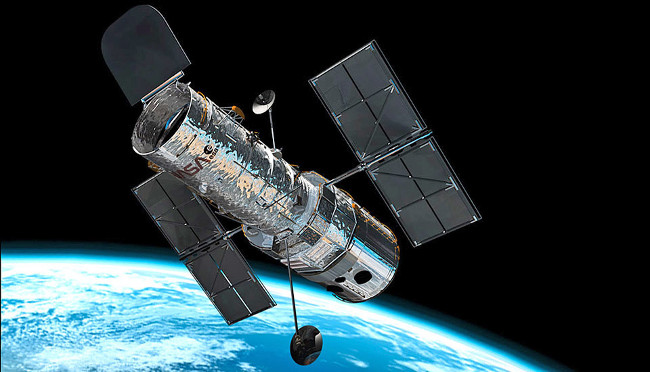
NASA, the European Space Agency (ESA), the Space Telescope Science Institute, USA, has teamed up to build a Hubble space telescope. Hubble has a volume of 12.2 tons, equipped with a computer system and a light-collecting mirror with a diameter of 2.4 m.
In 1990, Hubble began operating at a height of 610 km from Earth.
Because it is not affected by the Earth's atmosphere, this telescope can observe an object at a distance of 12 billion light-years.
Skylab space station
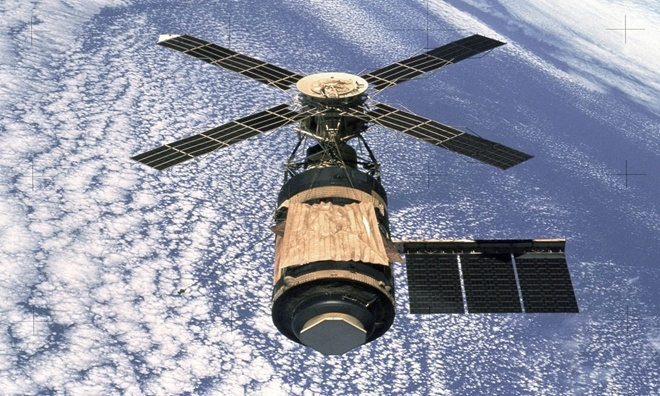
Skylab weighs 77 tons and is the first US space station, launched on Earth's orbit on May 14, 1973 with a Saturn V. rocket.
In 1979, Skylab ceased operations, fell to the Indian Ocean and some debris fell in western Australia.
Envisat environmental satellite
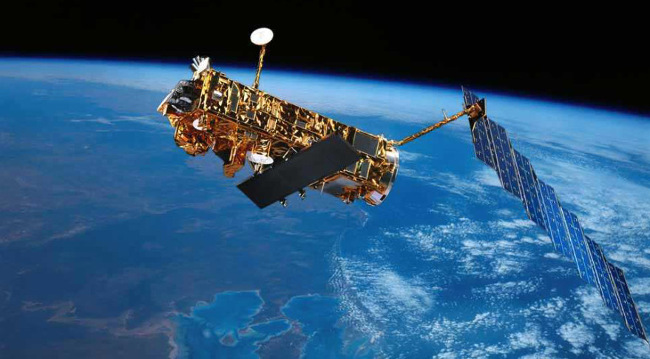
Envisat is ESA's largest Earth observation satellite.
In 2002, at the space center of Guiana, Envisat was launched into space by Ariane 5 rocket carrying equipment to monitor the weather phenomenon of the Earth. This is the largest satellite in the group of weather satellites, weighing 8.2 tons, nearly 10 meters long.
In 2012, ESA lost contact with Envisat.
Self-propelled transport ship ATV
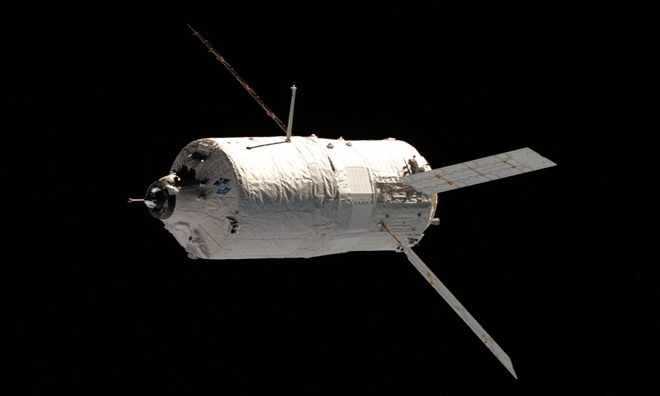
This is an ESA spacecraft, used to transport laboratory equipment, fuel, air, food, and water to the International Space Station (ISS).
ATV weighs nearly 21 tons and can accommodate a two-story bus. The ATV's exterior is a cylinder of 10.3 m in diameter 4.5 m, X-shaped solar panels mounted on the hull.
- Future prospects when people own the solar system
- What is the light year?
You should read it
- 11 interesting facts about ISS International Space Station not everyone knows
- How clean are astronauts keeping the space station?
- You are about to be able to travel to the International Space Station in 2021 if ...
- What's special about supercomputers that survived 1 year on ISS International Space Station?
- There will soon be a 'green vegetable garden' on the International Space Station (ISS)
- The Russian astronaut announces to find extraterrestrial life on the ISS Space Station
- The most bizarre things people ever bring to space
- Stunned with images of three major storms in the ocean recorded by the ISS space station
- Please watch the first 8K video filmed in space
- Beautiful Earth video at night is filmed from the International Space Station ISS
- Impressive image: ISS International Space Station flies over the Sun.
- NASA recycles urine and sweat of crew on ISS space station 98%
May be interested

Can the probe of Solar Probe Plus reach near the Sun?

Telescope giant FAST in China participated in the 'international hunt' to seek extraterrestrial life

Photos of the 9th planet in our solar system

When can we determine the position of the '9th planet' in the solar system?

Comet 67P is cracked and may crumble in the future

Finding strange objects with 'Niku' poses a great challenge to scientists






 The most bizarre things people ever bring to space
The most bizarre things people ever bring to space How to obscure video objects on YouTube?
How to obscure video objects on YouTube? You are about to be able to travel to the International Space Station in 2021 if ...
You are about to be able to travel to the International Space Station in 2021 if ... How to delete objects and objects in Photoshop
How to delete objects and objects in Photoshop 11 interesting facts about ISS International Space Station not everyone knows
11 interesting facts about ISS International Space Station not everyone knows What terrible thing will happen when not wearing protective gear in space?
What terrible thing will happen when not wearing protective gear in space?